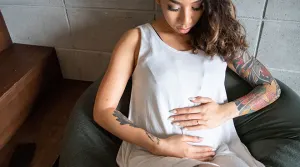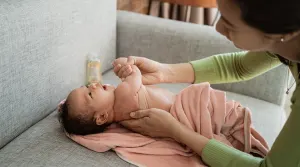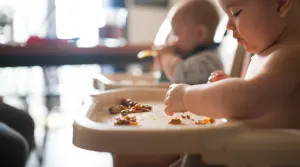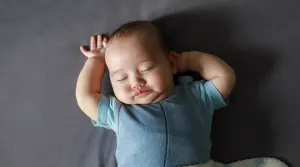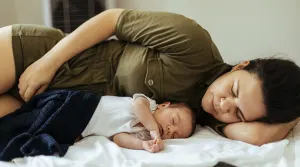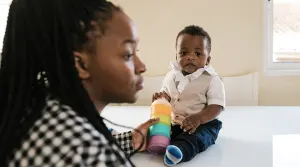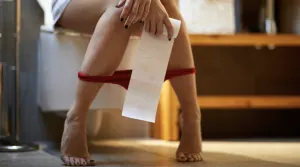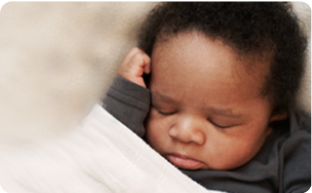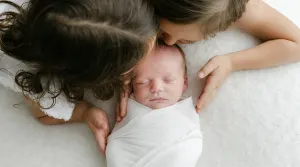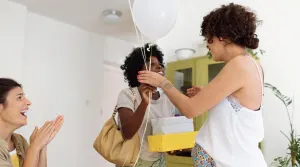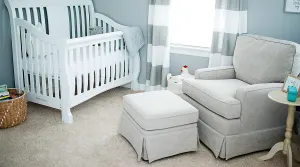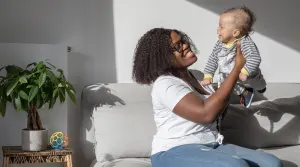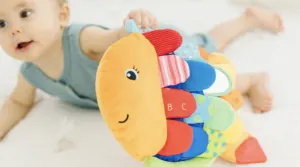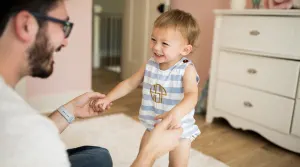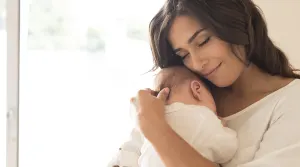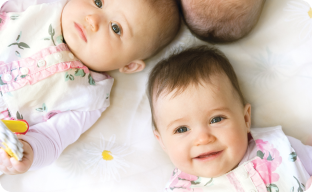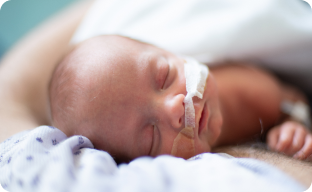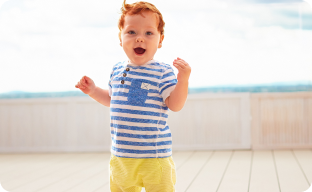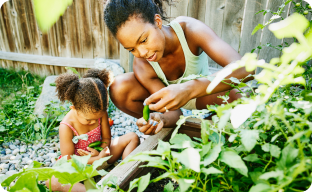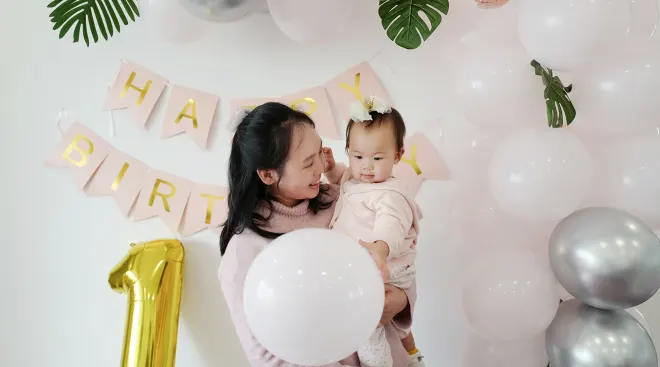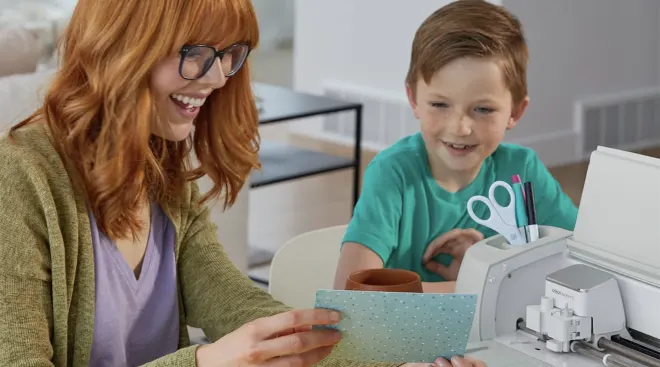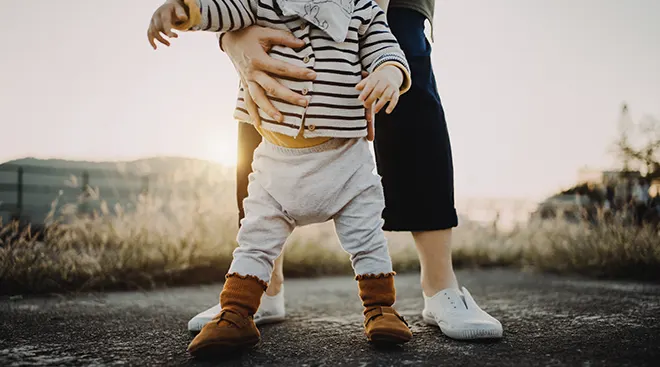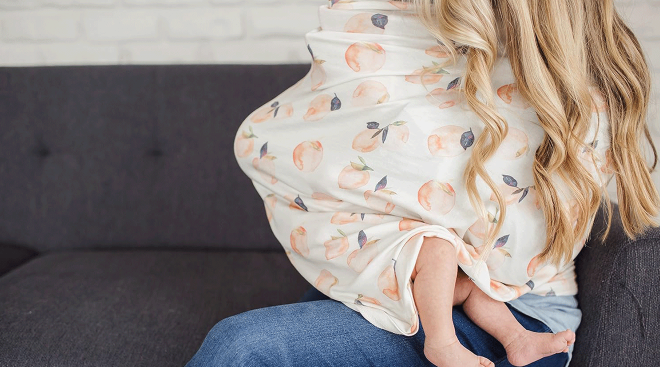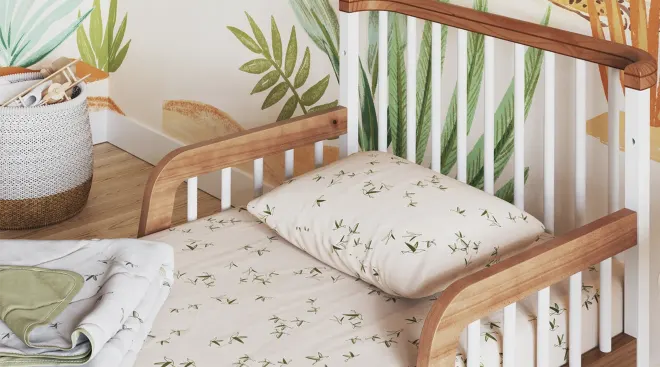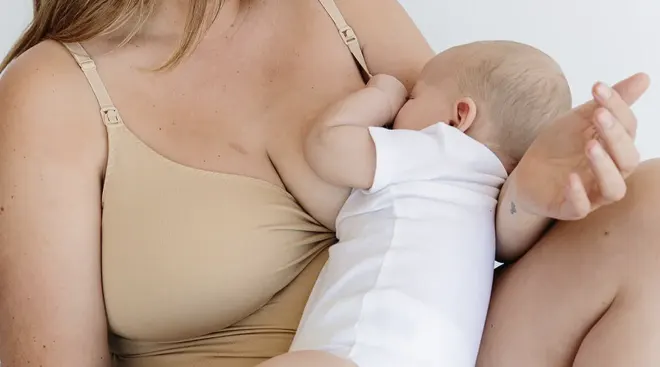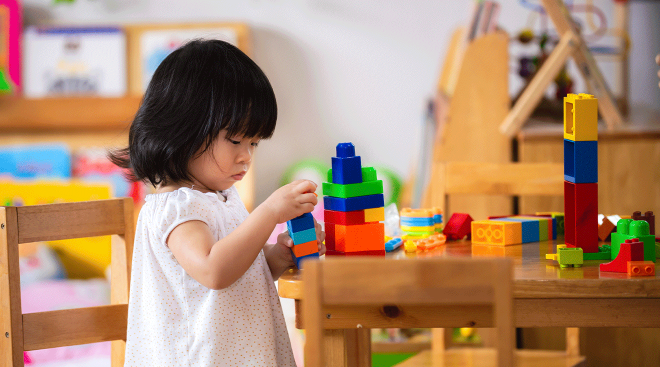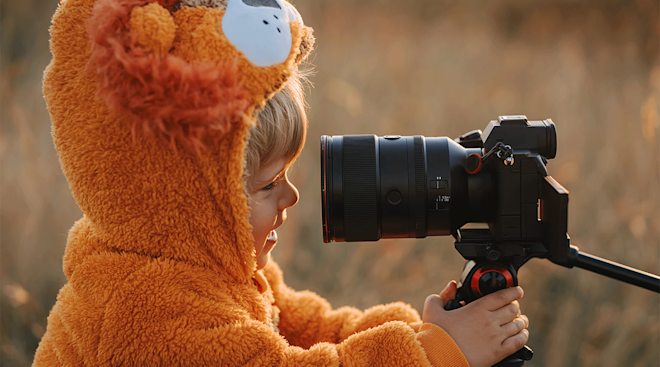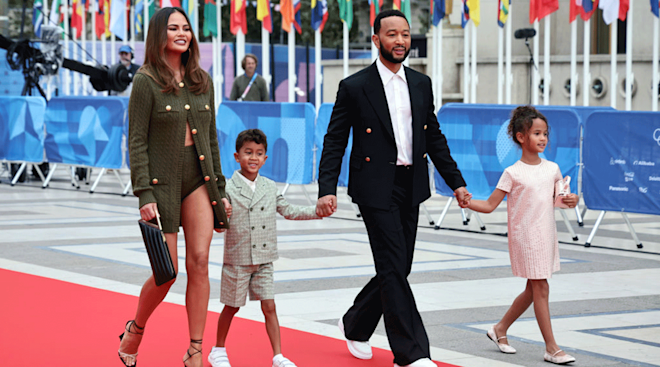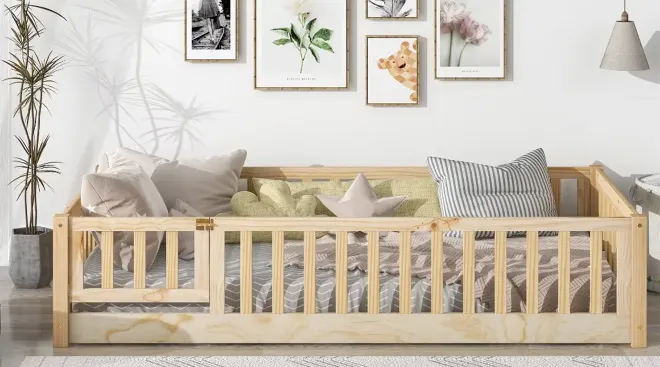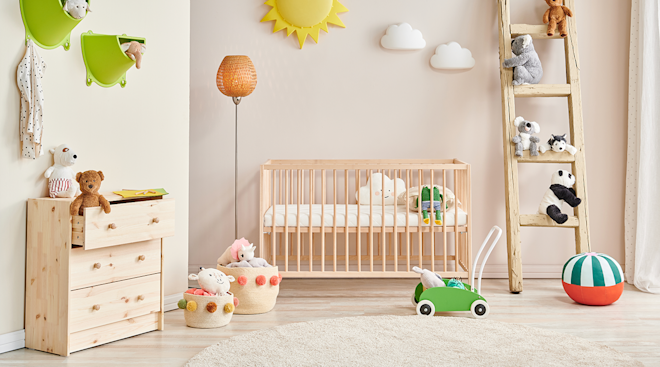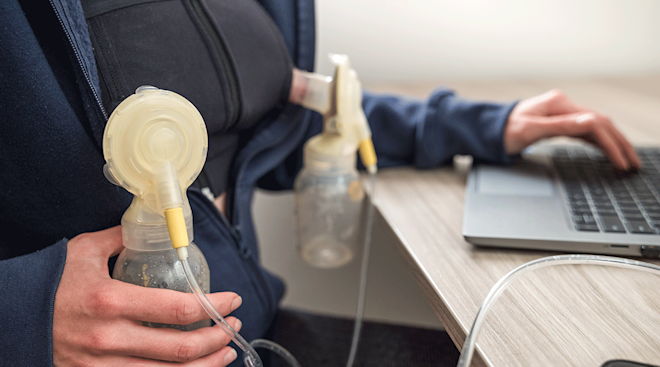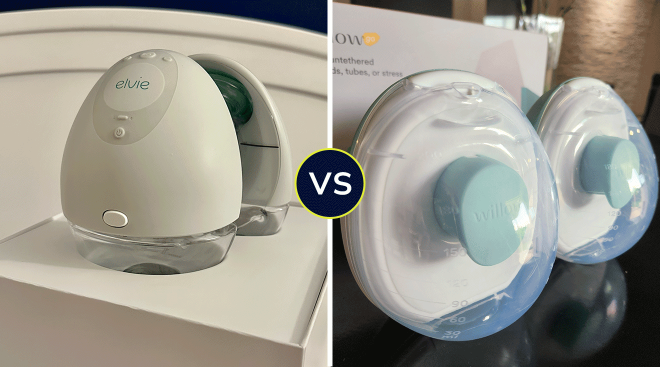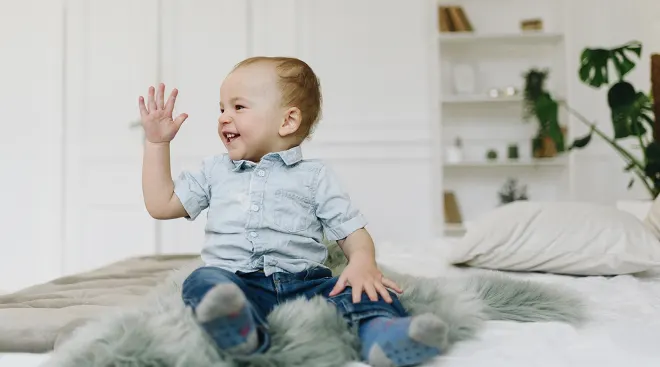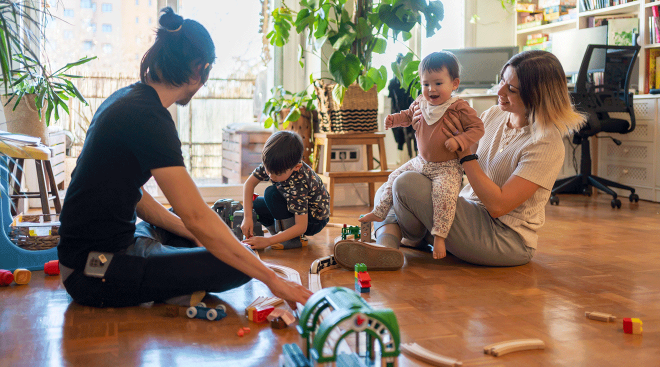Pediatric OT Shares Activities to Support Pre-K Developmental Milestones
There’s a lot of information out there about baby’s first milestones. From sitting up to first steps and first words, parents rarely feel uninformed—in fact, the pressure to hit these moments “on time” can feel overwhelming. But as your baby grows into a toddler, it can get trickier to know exactly what they should be doing and when, especially when it comes to keeping pace with peers and preparing for preschool.
To help bring a little clarity, Emily (@occupationalemily), a pediatric occupational therapist and mom of two, is sharing her go-to activities that support key developmental milestones for preschoolers. These four simple, practical exercises can help ensure your little one is on track and ready for the next step:
1. Regular Play-Doh Fun
“One of the biggest concerns that I see with kids who get to kindergarten and aren’t quite ready is that they just haven’t had enough time to play with their hands and strengthen their fine motor skills,” Emily explains in the video. “So using Play-Doh regularly is a great way to address that.”
Pulling, molding, and shaping Play-Doh gives little ones a safe, fun way to strengthen their hand muscles and coordination. It’s also a great, low-pressure way to introduce scissor skills. “All you have to do is give them a little piece of Play-Doh and let them snip the side. That gives their hands feedback to form a motor plan for using scissors,” she adds. “Around the time that they’re 3, most kids can cut a straight line, maybe even all the way across the paper with plastic scissors.”
2. String Big Beads
Stringing large beads is another activity that’s great for developing visual motor skills. “The key here is that you want to make sure the beads are really big when you start,” she says, showing off a Melissa & Doug Lacing Beads set. “That makes it a lot easier, and also we want to make sure that we’re not introducing a choking hazard.” Once they’ve leveled up from the big beads, try out lacing Cherrios on a pipe cleaner for a more precise fine motor exercise, minus the choking hazard.
3. Play Catch
Beyond improving hand-eye coordination, playing catch helps little ones learn social-emotional skills like turn-taking and cooperation. “Once your child turns 2, it’s a great time to start tossing a ball back and forth,” Emily says. “It’s simple, engaging, and helps build both motor and social readiness for preschool.”
4. Do a Puzzle
“One concern I hear a lot from parents is whining or meltdowns when kids face small frustrations,” Emily says. “Puzzles are a great way to practice frustration tolerance—because, well, they are frustrating!” She points to a 12-piece Melissa & Doug puzzle, noting that it also supports visual motor skills and visual scanning. And when her own kids start to get frustrated mid-puzzle? “I try to sit back as long as I can until they seem to be escalating, and that’s what helps build their frustration tolerance.”
Curious about what other milestones your toddler should be reaching? Explore this list of toddler milestones and learn how to support each stage.
Please note: The Bump and the materials and information it contains are not intended to, and do not constitute, medical or other health advice or diagnosis and should not be used as such. You should always consult with a qualified physician or health professional about your specific circumstances.
Navigate forward to interact with the calendar and select a date. Press the question mark key to get the keyboard shortcuts for changing dates.
Advertisement
Advertisement


